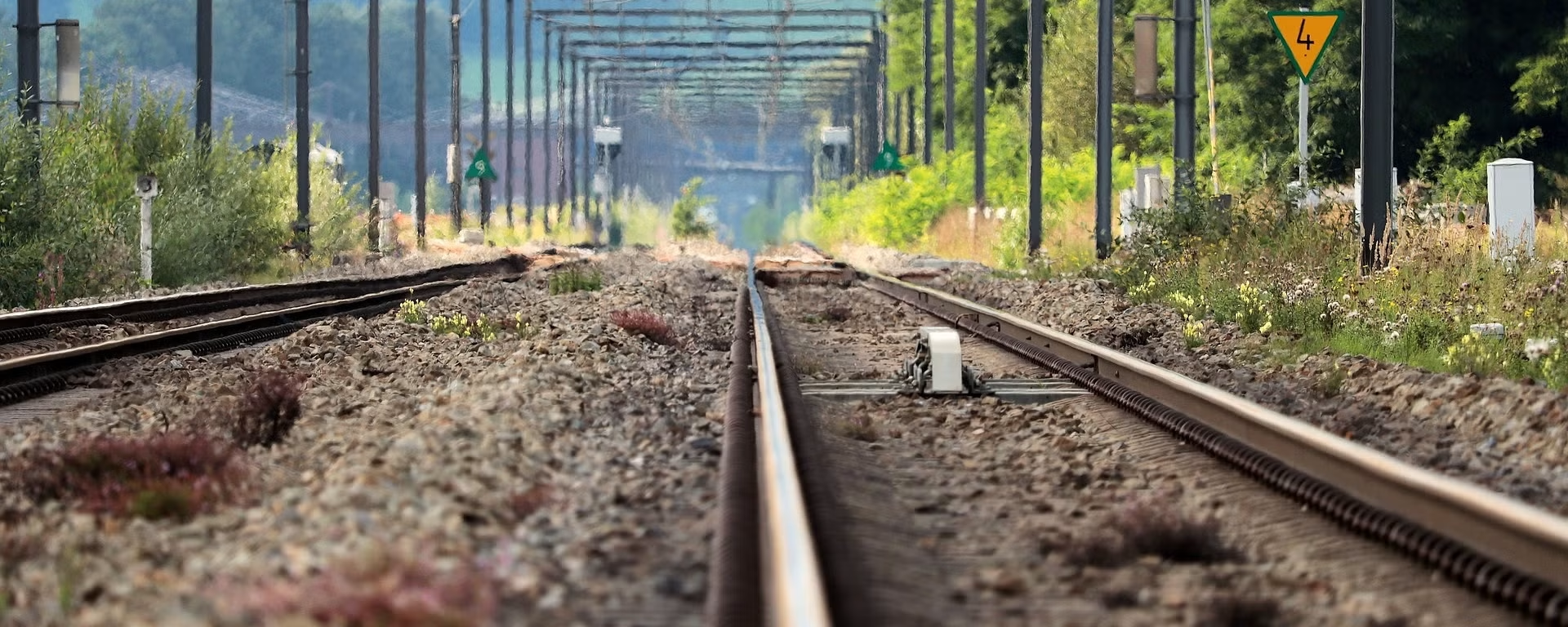The Tirana-Durrës-Rinas railway line, which will operate with electric trains and speed of up to 120 km/h, is expected to begin operation in early 2027.
The General Director of the Albanian Railways, Ergys Verdho, announced in an interview with ATSH that the infrastructure works are nearing completion, with around 87% of the works completed, while work is currently underway on the signaling and telecommunications systems.
In parallel, works are underway to build eight new railway stations along the line, which are expected to be completed by May 2026.
Recently, Verdho emphasized, an international competition has been opened for the electrification of the line, with the aim of concluding the contract in early 2026.
“Our plan is to finalize all the necessary components for a modern electrified line within 2026, so that electric trains can start operating at the beginning of 2027,” said Verdho.
An important part of the project is the 4-kilometer extension of the railway line to enable the connection to the New Boulevard of Tirana, with a new railway terminal in the heart of the capital.
Thanks to this investment, the trip from the center of Tirana to “Mother Teresa” Airport will take only 10 minutes, while from Tirana to Durrës, about 26 minutes.
Also, this modern railway line represents a sustainable transportation alternative, especially for trips to the airport, helping to reduce urban traffic and air pollution.
The Durrës – Tirana railway project and the connection to Tirana International Airport creates an efficient and well-connected system between the two metropolises. It provides fast and easy connections between roads, the airport and the Port of Durrës, which is the largest and most important port in the region.
Albania has a long-term strategy for the development of the railway network and its integration into the European Union railway system.
“This orientation is defined in the National Transport Strategy and the Action Plan for Railway Transport, which aim to modernize existing lines, build new connections and align technical, environmental and safety standards with those of the EU,” Verdho emphasized.
A key element of this strategy is the integration of Albania into the Trans-European Transport Network (TEN-T), where Albania is part of the core and comprehensive corridors.
Priority projects include Corridor VIII (Durrës – Rrogozhinë – Elbasan – Pogradec) and the Vorë – Hani i Hotit line, which provide regional and international connections with neighboring countries and, through them, with the European railway network.
In addition to infrastructure investments, the strategy includes deep institutional and regulatory reforms. This includes creating an open and competitive rail market, strengthening the capacities of regulatory authorities, and promoting sustainable transport, reducing the use of road transport in favor of rail.
In the long term, these measures will enable Albania not only to modernize its railway network, but also to become an integral part of the European transport chain. This will significantly improve economic development, movement safety and trade exchanges in the region.

